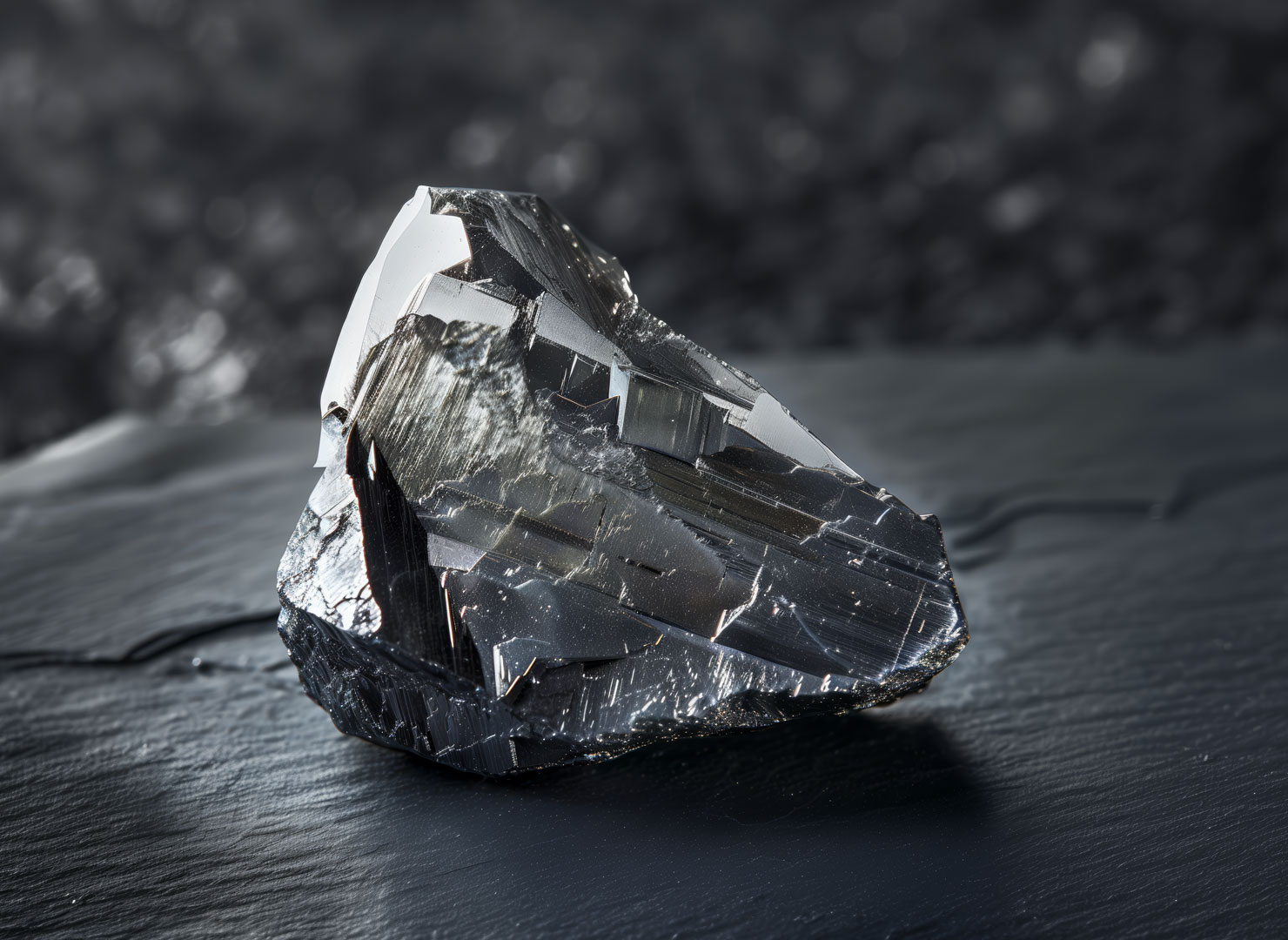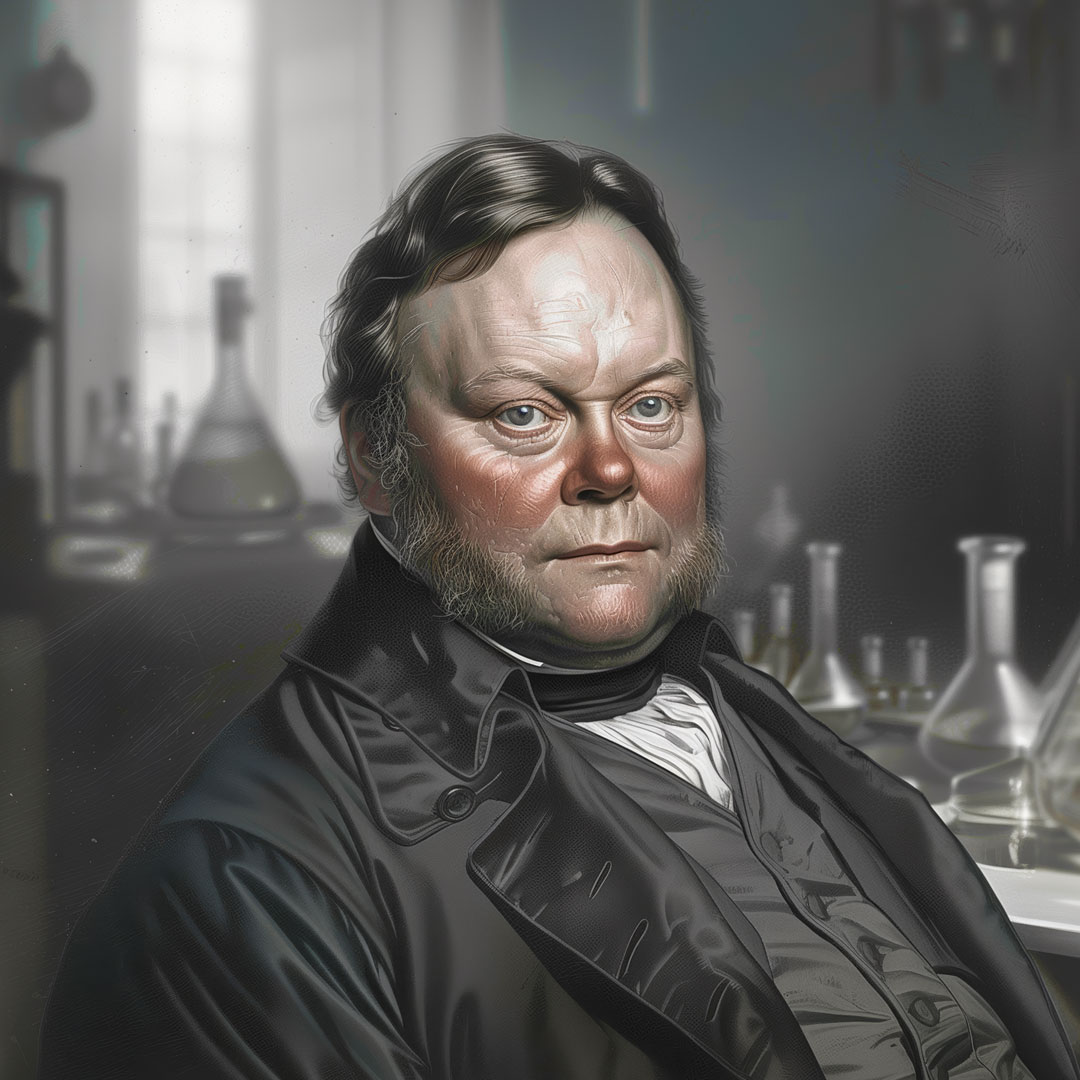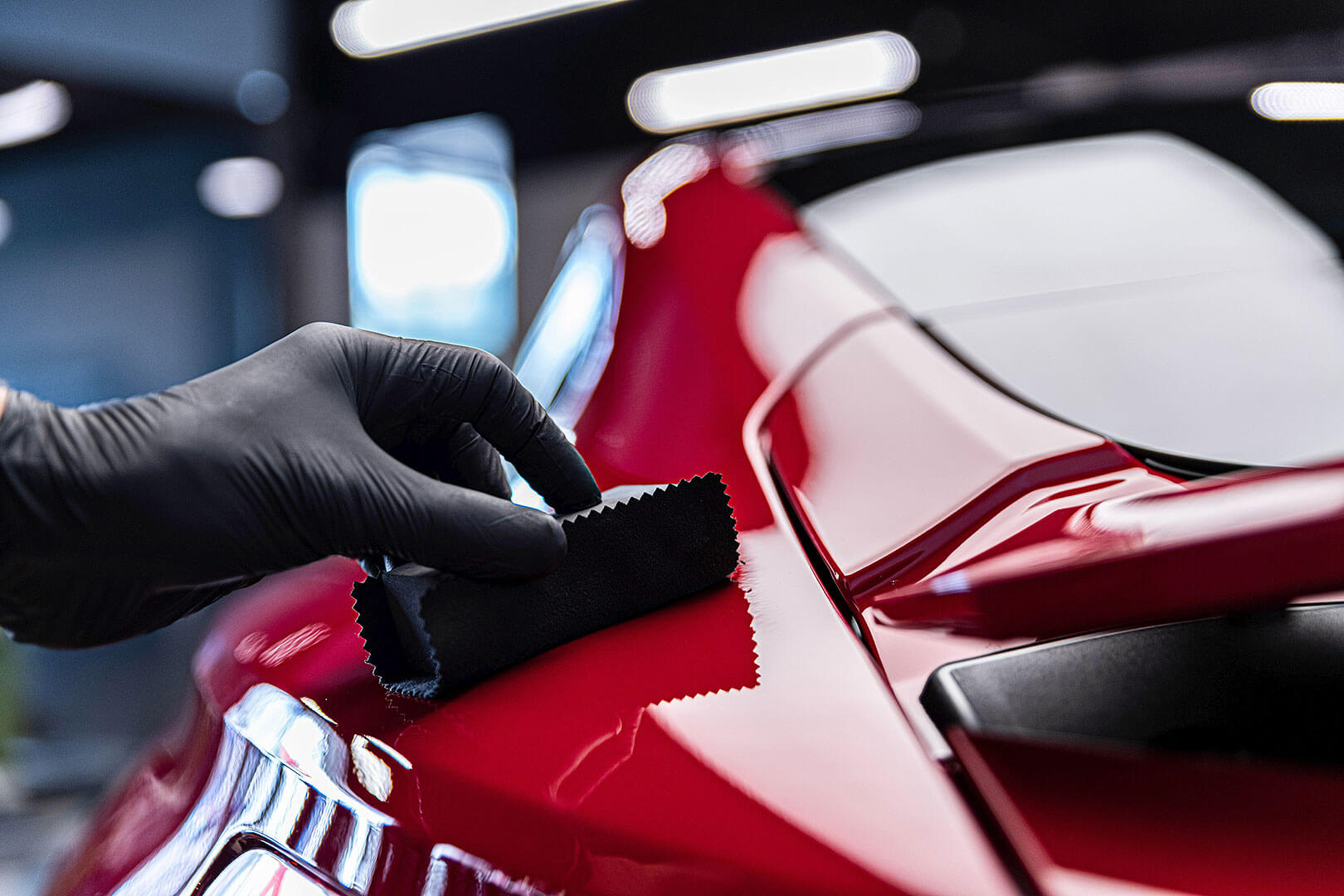The Element Cerium
On this page you can find out more about the rare earth element
Name: Cerium
Symbol: Ce
Ordinal number: 58
Density: 8,24 g/cm3
Schmelzpunkt: 799 °C
Melting point: 3.426 °C
Cerium is one of the lanthanidesA group of 15 elements with chemically very similar properties. in the periodic table.
Introduction
Cerium: The All-Rounder Among the Rare Earths
Cerium is a light rare earth element and the most common one in the group. As a strategic raw material, cerium is used in a wide range of technologies, from exhaust gas catalysts for combustion engines to flints for lighters.

Named after a Roman Goddess
Cerium has the atomic number 58 and was discovered in 1803 by the Swedish researchers Jöns Jakob Berzelius and Wilhelm Hisinger and, at the same time, by their German colleague Martin Heinrich Klaproth. Berzelius named the metal after the asteroid Ceres, which was discovered two years earlier and named after the Roman goddess of agriculture and fertility.
Main areas of application for cerium

The Discoverer of Cerium
Jöns Jakob Berzelius, born in Sweden in 1779, is considered one of the fathers of modern chemistry. He discovered numerous chemical elements, including the rare earth element cerium. Over several decades, Berzelius played a decisive role in the development of chemistry in Europe.
Characteristics
Cerium Oxidizes in the Air
In its pure form, cerium is grayish-silver and relatively soft. It is a highly reactive element and oxidizes at room temperature.
Areas of Application
A Master of Versatility
An important application for cerium is the so-called mixed metal, an alloy of cerium, lanthanum, neodymium, praseodymium, samarium, terbium, yttrium, and traces of other rare earths. It is used as an additive in the production of aluminum and steel. As an alloying metal, it improves the ductility and impact resistance of the materials, among other things. Mixed metal is also used to produce flints in lighters.
One important area of application for cerium is catalysis. For example, cerium is used in automotive catalytic converters to purify exhaust gases, and in the chemical industry in the production of fuels from crude oil. Other applications include the coloring of enamel and the production of special glasses that protect against ultraviolet radiation. The element is also used as a polishing agent in glass production.

Metal Alloys
Metal alloys are compounds of metallic materials. Modern alloys often contain rare earths to improve specific properties. Rare earth alloys are used in aircraft engines and flints in lighters, among other products.
Learn more

Catalysts
Catalysts increase the speed of a chemical reaction and are indispensable in many industries. In automotive catalytic converters, for example, catalysts convert combustion pollutants into non-toxic residues.
Learn more

Glass
Glass has a long history and is indispensable in modern technologies, from space glass to optical lenses. Rare earths are essential as colorants and polishing agents, UV absorbers, and dopants for glass, mirrors, and glass fibers used in the laser industry.
Learn more

Polishes
Rare earth polishes add shine to glass and are particularly popular in the automotive industry for windscreens and mirrors. The higher the rare earth content, the finer and more effective the finish. Optical lenses and special glasses also benefit from the application of polishes containing rare earths.
Learn more
Deposits
Rare Earths Mainly Come from China
Cerium usually occurs together with other lanthanides. An important mineral alongside with other lanthanides in minerals like bastnäsite and monazite, which is mined in the world’s most important rare earth mine, Bayan Obo, in northern China. Other large deposits can be found in the US (Mountain Pass), but also in Australia (Mount Weld).
The map shows the countries in which these deposits are located.

Supply Situation Less Critical Than for Other Rare Earths
The United States and the European Union both classify rare earths as critical raw materials. Since cerium is much more common in rare earth deposits and, according to the German Mineral Resources Agency (DERA), accounts for more than 40 percent of total production, the supply situation for cerium is considered less critical than for other rare earth metals. However, there is still a risk that mining and processing will be heavily concentrated in just a few countries, particularly China.
Raw Materials Trading Industrial Customers
TRADIUM trades in all industrially relevant rare earth oxides. Choose from a wide range of specifications and take advantage of the option to reserve batches for the long term.
Purchase of Physical Assets for Private Customers
Benefit as a private customer from the exciting market for rare earths as a physical asset. You can find out here what opportunities TRADIUM offers and what tax advantages a purchase of raw materials entails.